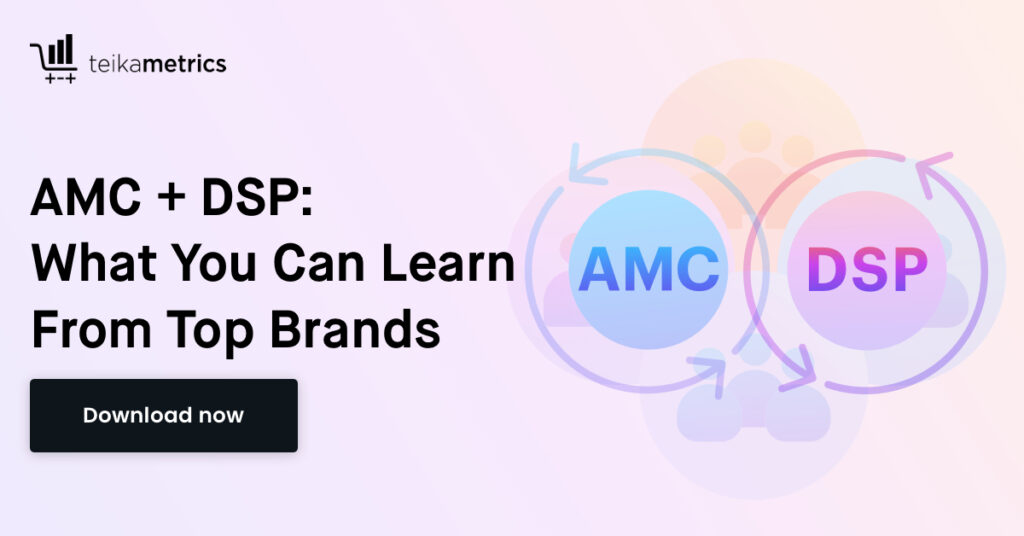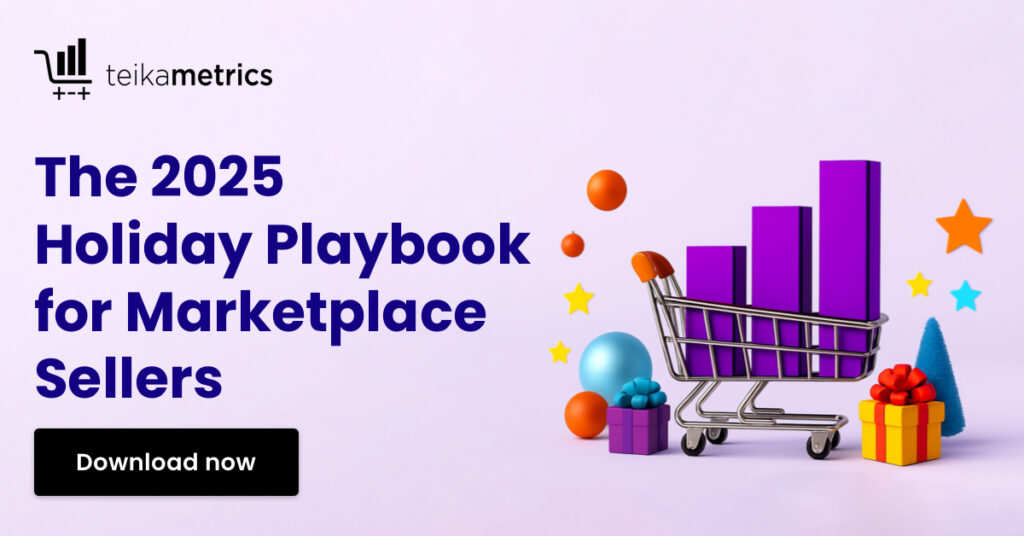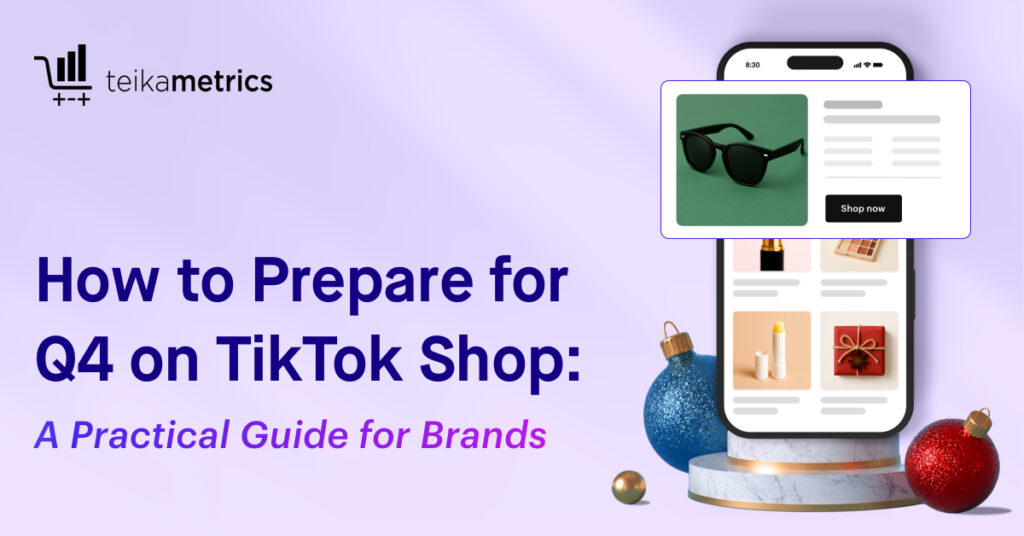In the previous articles, we’ve discussed what the top factors are that usually aren’t taken into consideration when making a Vendor Central (VC) to Seller Central (SC) switch as well as if Sellers really have more control on SC vs VC and if it is the question to ask.
Now moving on in our journey discovering if VC or SC is better, let’s dedicate this article to the most important component of this switch.
Your customer.
In most cases, the idea of the switch is centered around the brand’s profitability which undoubtedly is an important aspect. However, it’s not the only one. Even if we take profitability improvement as the goal to go from VC to SC, we need to make sure we don’t only increase the margin % but also the actual margin dollars delivered. Which would be taken care of by the same number of units sold during the same amount of time.
Sounds straightforward when it’s put this way. But to enable that to happen we must take a second to consider the customer. More importantly, are the customers going to purchase the same % of the time as they do currently when on 1P? In other words: is our conversion rate going to change? If so, in which direction?
Will conversion rates remain intact?
In the first article, we discussed how important real-life testing is to ensure we prove, in a data-driven way, what change we can anticipate after the move.
If, for some reason though, we decide not to test, here are some questions to consider that will give an indicative answer whether the conversion rate will remain intact. And it all depends on whether we can replicate the same customer experience on the SC side as we are offering through VC.
First off, let’s jump into probably the most important customer experience factor: the retail price.
To be able to answer this part, we first need the weighted average retail price.
To make sure we capture all parts here’s a checklist with Dos and Don’ts:
Do:
- Total trailing 12 months Ordered Revenue divided by Total trailing 12 months of Ordered Products
- If you had a recent retail price increase, cut the trailing 12 months and just use the date of the increase as a starting point unless you plan to go back to the previous price.
- The first point will include damaged and returned products resold by 1P as well – at a lower price. This is ok as you’ll have returns on the SC side as well and likely you’ll need to either resell those as used or dispose of them in other ways. The point being, it’ll impact your top and bottom line equally.
Don’t:
- Don’t only focus on the last quarter or months, don’t exclude periods with lower sales or out of stock – you’d want to see the entire retail calendar with all the seasonality captured.
- Don’t weigh the average retail price by the number of days the product was offered at a certain price. That wouldn’t capture the important point of how many units were sold – tying back to the margin dollar point.
- Don’t assume if you have a MAP policy in place, it will always be sold at MAP. Most units may be sold at MAP but not all. Make sure you capture those ones as well
Once you have the VC offered average retail price, in most cases it tends to be lower than MAP and lower than expected. This is why it’s so important to diagnose it.
To Reprice, or Not To Reprice?
Now as a next step, the unpopular question: are you willing to continue offering the customer the same exact number or would you increase it? In most cases, increase is the decision, in my experience.
This is not a problem. However, we have to consider the impact of that on the customer’s decisions. Would conversion rate drop, going back to one of the earlier points, or would the customer still purchase the product at the same rate as before?
There are a couple of scientific and less scientific ways to think about price elasticity:
- The easiest is to test it on SC – both up and down elasticity to understand what an increase would mean in the here and now
- Segment the VC data from the past year: take a period where the weighted average retail price was higher vs the trailing 12 month average. The weekly averages should show some delta. Or alternatively, you can also benchmark it vs the
- Should science fail to deliver, (or retail price is not volatile enough to produce meaningful results) the “1% retail price increase causes a 2% units drop” rule of thumb comes to the rescue. Use it with caution though.
So then, getting the weighted average retail price diagnosed and then the price elasticity will give the educated answer to the question: can we maintain the same customer experience on SC as we have on VC? At least from the pricing aspect.
Let’s move on to the fulfillment aspect as well.
What About Fulfillment?
There are multiple reasons to discuss the importance of this piece of the customer experience:
- Conversion rate impact is probably the most well-known one. The longer the customer has to wait (based on promise and not actual delivery) the less likely the customer is to convert.
- Organic traffic impact is driven by the fact that (say for the example) offering Prime shipping vs not offering will simply disqualify the product to be featured on certain parts of the website where Prime-only products are eligible to feature.
- Brand equity impact can become important if
- most of your competition offers faster shipping
- the product in question is premium priced vs competition – lowering service standards is not looked on great by the customer
The conversion rate impact is usually underappreciated and so the best advice to give is to measure whether or not it has an impact on the ASINs in question. If it has, consider implementing substitutes to make sure the customer is compensated for the loss of Prime shipping. These could include:
- Additional videos about the product that introduce the product in a more engaging way
- 360 imagery
- Updated A+
- Amazon Posts
just to name a few.
Organic traffic’s main impact is losing the Prime Customer – and this is huge. If the conversion rate drop is under-appreciated, this is usually not thought of. Everyone knows the Prime Customer’s loyalty and also their willingness to spend on Amazon. Simply this in itself is not worth risking. So think twice before downgrading the shipping promise. Yes, the traffic in itself can be replaced – some advertising driven clicks can never hurt, can they? – but ultimately the organic clicks you are replacing are not the same clicks in terms of importance as the ones replacing them.
How To Evaluate Brand Equity?
And now onto the brand equity piece. There are 3 important questions to consider:
- Is Prime shipping an entry criterion into your category? (eg supplements or pet waste bags that customers need immediately)
- Are what your customers consider substitute products offer Prime shipping?
- Is Prime shipping currently your competitive advantage vs substitutes?
if one of the above 3 questions result in yes, I’m afraid the only reasonable choice is to keep Prime shipping.
Here the important piece is that you’d want the customer to long term remain loyal to the brand. So if offering Prime shipping is going to make it or break it from a margin perspective, consider other areas to save a dollar or two instead. Below is an idea to consider how to do just that.
Last but not least important may I add the following to the fulfillment piece as a whole. VC has really good stats to show where your customers are located. Make sure there is an analysis done on actual customer location vs assumed. That should drive the pricing exercise when it comes to deciding to or not to offer Prime.
Take advantage of knowing where your customers are actually located and understand if you can get those areas specifically covered by Prime shipping. In most cases, brands don’t really need to cover the whole country to keep most of their customers happy. Splitting up the shipping table to offer prime where 80-85% of your customers are located, should immediately eliminate most of the above problems.
And don’t forget, most importantly, it’ll keep your customers happy! This factor should, in itself, take care of those margin dollars mentioned in the very beginning, I’ve got no doubt.
About the Author
Peter Beke is one of the two ex-Amazonian co-founders of The Hawker’s Club. An e-commerce advisory that works with America’s most authentic and unique e-commerce brands to ensure these brands directly position their value offer and brand potential as an Amazon partner and they gain profitability and sustainable revenue growth with certainty.
Outside of work, Peter is an amateur craft brewer and road trip enthusiast.





